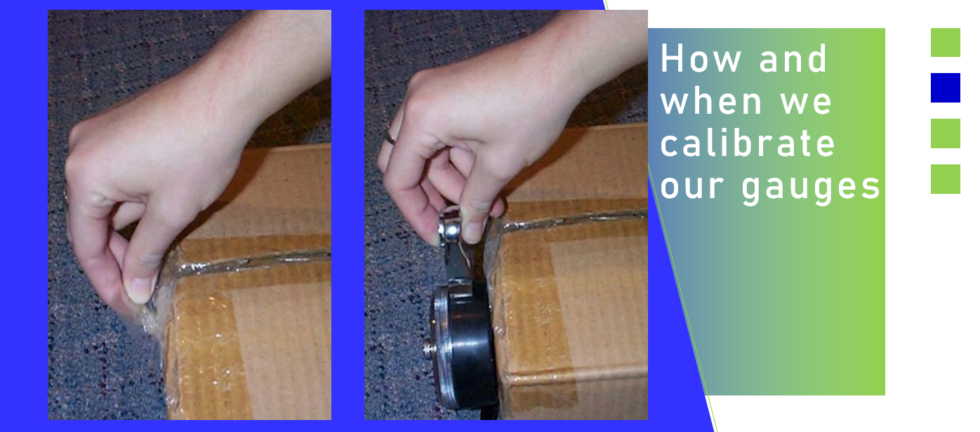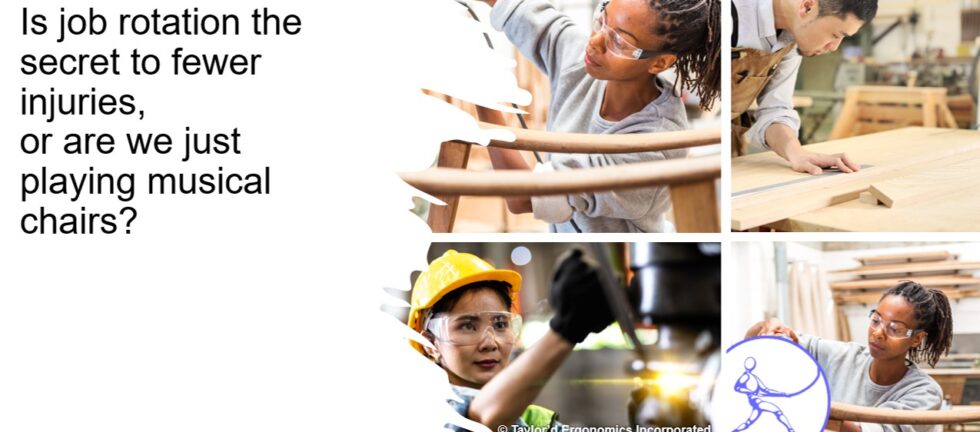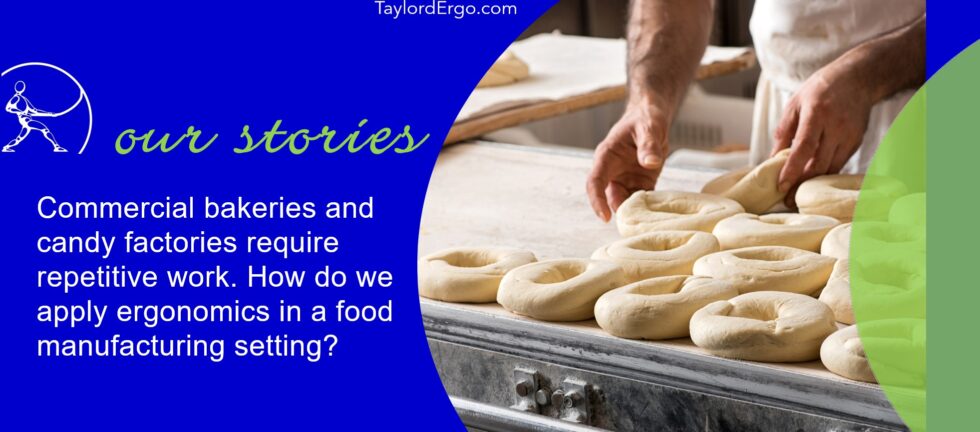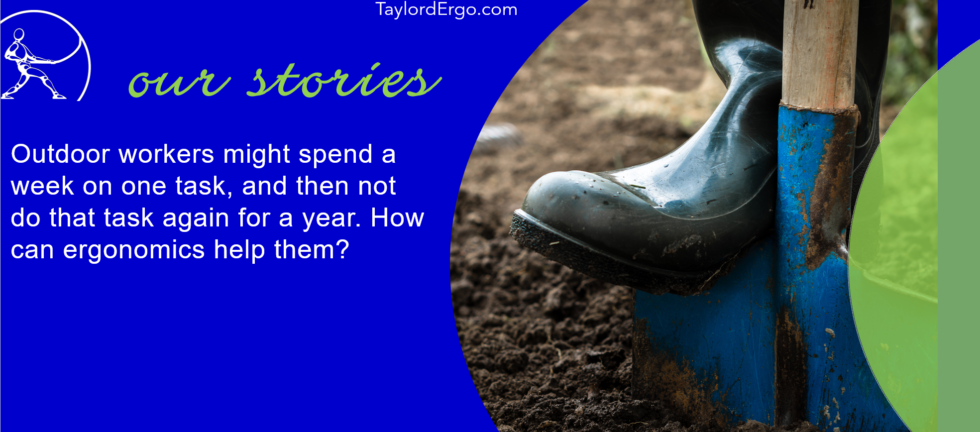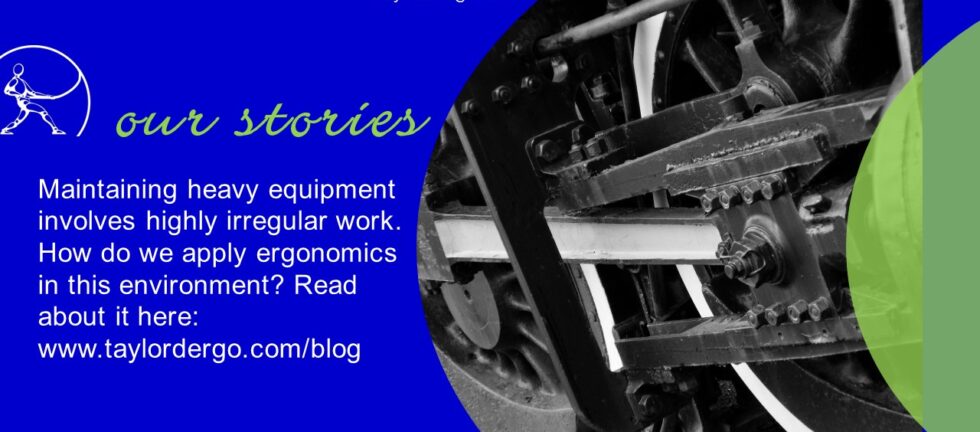How and when do we calibrate our gauges?
The routine administrative aspects of an ergonomics consulting business are pretty mundane – renew software licenses and insurance plans, make sure everyone gets their annual training, pay the bills, send the invoices….not the stuff of dreams when I launched this business 30 years ago. Maintaining our equipment isn’t exciting, but it has to be done. […]


